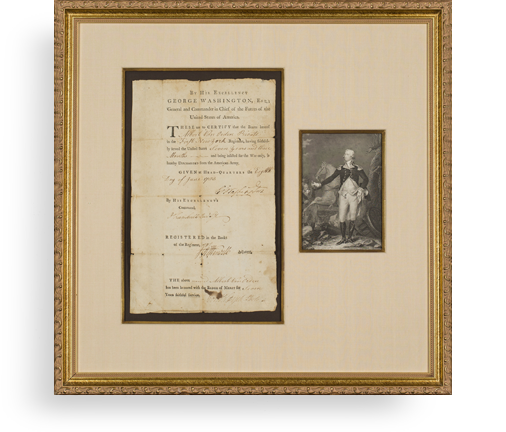James Madison Stresses Urgency As the Bill of Rights Is Considered

August 20, 1789 issue of the Pennsylvania Packet, reporting the debate on approval of the Bill of Rights.
The Pennsylvania Packet was the first daily newspaper published in America. As Philadelphia’s premier paper, it carried the first printing of the U.S. Constitution on September 19, 1787. Less than two weeks after Washington sent the above letter, the House of Representatives debated the proposed the Bill of Rights.
August 20,...
The Pennsylvania Packet was the first daily newspaper published in America. As Philadelphia’s premier paper, it carried the first printing of the U.S. Constitution on September 19, 1787. Less than two weeks after Washington sent the above letter, the House of Representatives debated the proposed the Bill of Rights.
August 20, 1789 issue of the Packet, reporting extensively the debate about whether to approve the measure. Interestingly, we see that the opposition, led by Constitution signer Roger Sherman, opposed not the rights themselves but the premature amending of the Constitution to place them there before that document had been given a chance to work.
A supporter, however, advocated immediate action, saying “The people are extremely anxious upon the subject, and nothing short of a conviction that those rights, which they perceive to be in danger as the Constitution now stands, will be placed in a state of greater security, will quiet their apprehensions.” James Madison spoke in support:”If these amendments are adopted…they will stand upon as good a foundation as the other parts of the Constitution…I am not very solicitous about the mode, so long as the business is fully attended to.”
The paper is filled with other fascinating articles, such as a report that the commons of the States-General in France demand “that the people shall be free.”

Frame, Display, Preserve
Each frame is custom constructed, using only proper museum archival materials. This includes:The finest frames, tailored to match the document you have chosen. These can period style, antiqued, gilded, wood, etc. Fabric mats, including silk and satin, as well as museum mat board with hand painted bevels. Attachment of the document to the matting to ensure its protection. This "hinging" is done according to archival standards. Protective "glass," or Tru Vue Optium Acrylic glazing, which is shatter resistant, 99% UV protective, and anti-reflective. You benefit from our decades of experience in designing and creating beautiful, compelling, and protective framed historical documents.
Learn more about our Framing Services








































































































